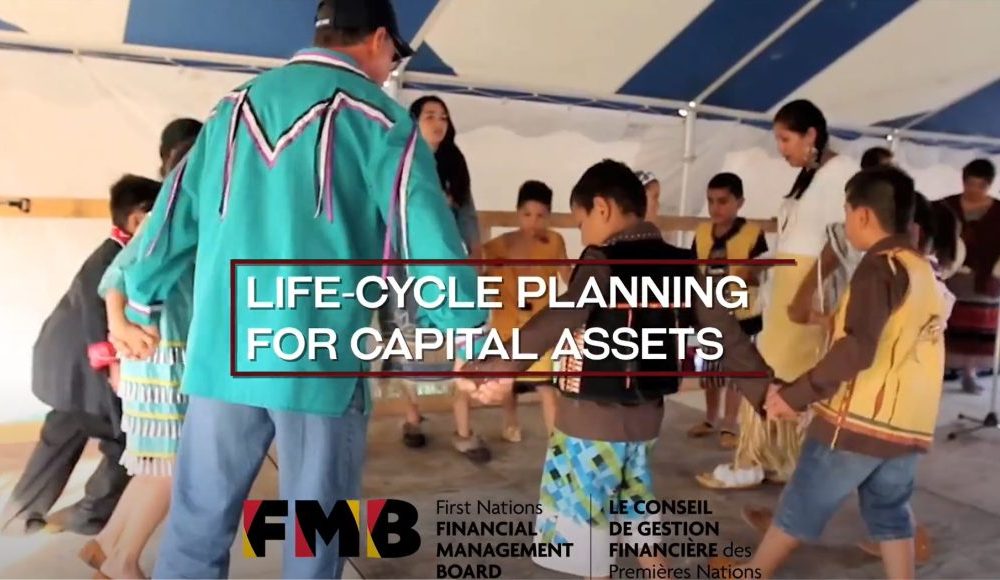For the First Nations Financial Management Board (FNFMB), life-cycle planning isn’t just about the construction of the project—it’s about following an asset to the end of its useful life, including all the maintenance in between. When using tools like life-cycle investment models, you’re able to project how much money you need at a certain point in time to replace aging infrastructure and analyze any trade-offs between service cost and risk.
Being able to show a community the amount of reserve funding needed to be prepared to keep assets at a level that meets the service needs for the community makes a big difference. Life-cycle planning allows the FNFMB to be able to determine the lifespan of an asset and to replace it when needed. This video put together by the FNFMB highlights the importance of planning ahead for the replacement of such assets and the value that comes from better managing funds to be prepared for the unexpected.
Here at Urban Systems, we are fortunate to work closely with many Indigenous communities to meet their unique environmental, economic, and cultural objectives. We partner with our clients to consider the services they provide to their members through infrastructure assets, the full life-cycle cost of sustaining these services, what the required assets are worth, the condition of these assets, where improvements are required, and what such improvements will cost.
